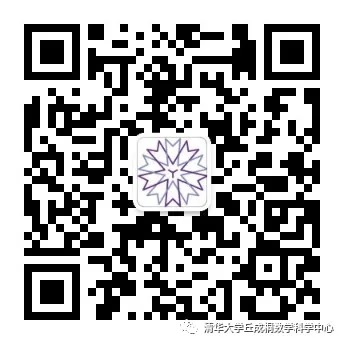This lecture is co-organized by Department of Electronic Engineering and YMSC, Tsinghua University.
Abstract:
Many classical electromagnetics problems are couched in terms of classical calculus that dates back to the time of Cauchy, Leibniz, and Newton. The recent advent of differential geometry allows one to write electromagnetics theory in terms of differential forms. It expresses electromagnetic theory elegantly, but the important question is if new problems can be solved with this new calculus?
Almost all matrix equations in electromagnetics are solved with iterative solvers. While elliptic problems can be solved in O(1) iterations, it is not clear if in general, other problems can be solved in a small number of iterations. It will be great to find solutions methods that can be solved in O(1) iterations or there about.
The second important development in EM theory is the development of quantum EM theory. The question to ask is if one should formulate the quantum EM theory in terms of least action, or energy conservation. Both of them lead to same equations of motion, but which is more fundamental? We will show that what is commonly known as Dirac’s fundamental postulate can be derived from energy conservation.
Present quantum computing technologies are fraught with noise. Most groups around the world are building quantum computers working with microwave photons. Microwave photons are about one million times weaker than optical photons. Did we get here by accident of history? Can we use multi-shot averaging to improve the signal-to-noise ratio in quantum computers?
Biography:
Weng Cho Chew received all his degrees from MIT. His interests include wave physics, computational electromagnetics, and quantum electromagnetics. He joined Schlumberger-Doll Research in 1981 and then U Illinois in 1985. There, he was the Director of the Electromagnetics Lab, Founder Professor, YT Lo Chair Professor, and Fisher Distinguished Professor. In 2017, he joined Purdue University as a distinguished professor. He has coauthored three books, many lecture notes, over 450 journal papers, and more than 600 conference papers. Between 2000 and now, he received the IEEE Graduate Teaching Award, the IEEE AP-S CT Tai Distinguished Educator Award, elected a National Academy of Engineering member, received the ACES Computational Electromagnetics Award, and the IEEE Electromagnetics Award. In 2018, he was the IEEE AP-S President.

Video:http://archive.ymsc.tsinghua.edu.cn/pacm_lecture?html=Some_Unsolved_Problems_in_Quantum_and_Classical_Electromagnetics.html





